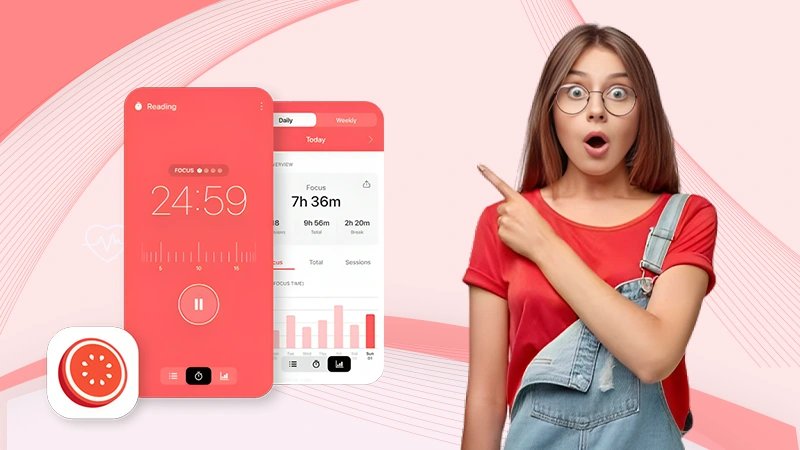The COVID-19 pandemic has been a challenging time for both individuals and medical management. As the people were strictly instructed to stay at home, it was tough to directly contact the medical professionals.
In order to cope with this situation, many medical sectors shifted to digital, leading to rapidly evolving, with cutting-edge innovation integrated into it.
Opting for custom healthcare software development services plays an indispensable role in creating the right application to bridge the gap between technology and the targeted user needs.
In order to enhance the quality of patient care, a reputed healthcare software development company provides innovative solutions that aid medical organizations in streamlining their operations.
What Exactly is Healthcare Software Development?
As we all know, this century is a digital century, so every sector is innovating with advanced tools and technology for more growth.
Similarly, Healthcare software development is a process of building an application specifically designed to fulfill the demands of the medical organization.
This can range from the app that enables businesses to manage patient data and other medical records through remote monitoring, telemedicine platforms, and personalized medicine.
Custom software application development service providers use different technologies, methodologies, and programming languages to develop highly effective and innovative code solutions that improve and deliver the best outcomes.
With the growing demand for digital medical services, having custom programs to manage healthcare needs has become major.

Top Technology Trends That Impact Custom Healthcare Software Development Services:
In today’s time, there’s hardly any field that is not implementing updated technologies in their industries.
Likewise, the medical industry also had a huge impact due to emerging technologies.
With the increased demand for medical care, it has become necessary for healthcare businesses to adapt and utilize the latest trends by utilizing custom software.
There are a plethora of trends that are transforming the entire industry and delivering great value in patient care.
Some of these trends are mentioned below-
Telemedicine:
People living in far areas have to travel miles for their treatment but not anymore. Why?
Well, as technology is advancing, many hospitals are offering telemedicine services to reach out to more people efficiently.
The main aim of telemedicine is to advance the clinical workflow and reduce the patient’s need to visit the hospital or other healthcare centers unless it’s an emergency case.
IoT and IoMT:
Along with telemedicine, IoT and IoMT have also gained popularity in the healthcare industry with their unique capabilities.
This technology trend combines a variety of wearable devices, including ECG and EKG monitors and certain measurement procedures like blood pressure, glucose levels, and skin temperature.
These technologies involved in custom software development can benefit different processes such as medication management, remote patient monitoring, connected imaging, and even fall detection.
Artificial Intelligence and Machine Learning:
The use of AI and machine learning has now been adopted in the treatment of the patient by many medical organizations.
The goal is to minimize the cost of treatments to limit human error in delivering health care services.
It is anticipated that the use of AI and machine learning in the healthcare industry will grow around $194.4 bn by the end of 2030.
AI will assist in many processes such as fraud detection, robot-assisted surgery, error detection, and preliminary diagnosis.
Do You Know?
There are more than 350,000 healthcare apps in the world available in the major app stores.
Augmented Reality and Virtual Reality:
AR and VR are the two significant trends that broaden their adoption in healthcare organizations to improve the quality of patient care.
These technological trends hold the potential to help doctors provide great services to patients by creating realistic and immersive environments that will be used later in diagnosis, training, and treatment.
AR can detect tiny tumors by instructing the needles into particular areas of the body. VR can be used to treat different phobias in patients by exposing them to their fears in a well-managed and controlled environment.
Bioprinting And Organ Care System Technology:
Bioprinting is the procedure of creating 3D tissue models by using living cells. This progress combines organ care system technology and supports organ transplant patients to lead quality of life.
Moreover, bioprinting is the best approach to creating organs for those patients who are unable to get traditional transplants due to a lack of donor availability.
According to the research, the bioprinting trend will grow around $ 5.87 bn by the end of 2030.
The Conclusion
Availing healthcare software development services is the need of the hour for medical organizations to keep their data intact.
Therefore, custom code evolution comes as the most convenient and suitable option as compared to off-the-shelf program solutions.
Outsourcing custom healthcare software development services helps you to access global talents, focus more on core business functions, and leverage cost efficiency.
The expert team of developers will understand your business objectives, and unique challenges and deliver you with suitable solutions tailored to your needs.
However, finding any reliable healthcare software development service provider is quite challenging.
There are certain factors that you need to keep in mind whenever you want to pick up the right technology partner such as expertise, relevant experience, and budget.
An experienced team will assist you throughout the journey of your healthcare software development project in a cost-efficient manner.
















